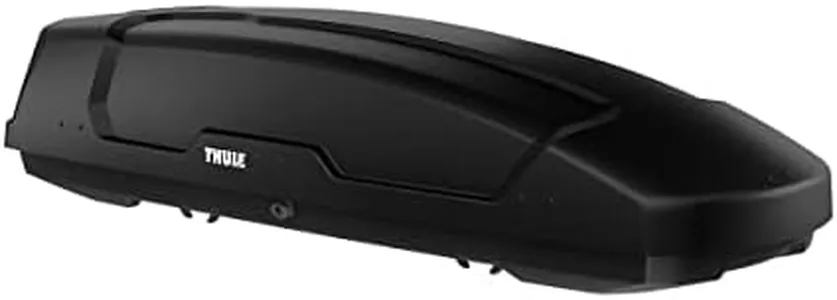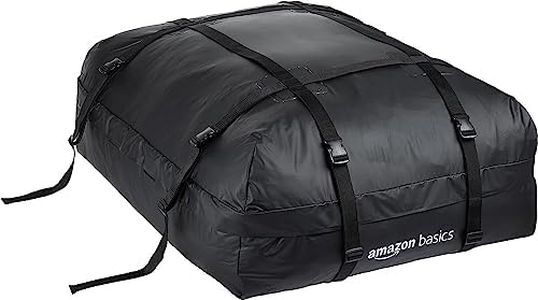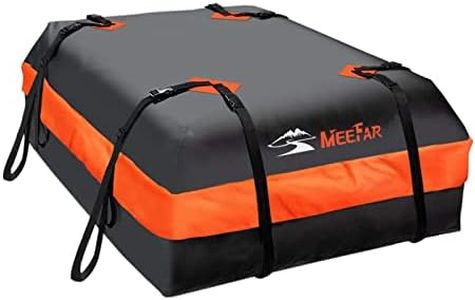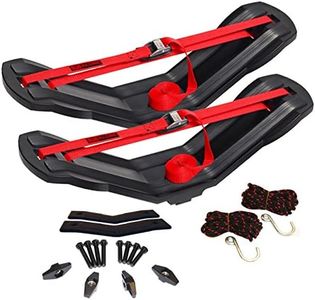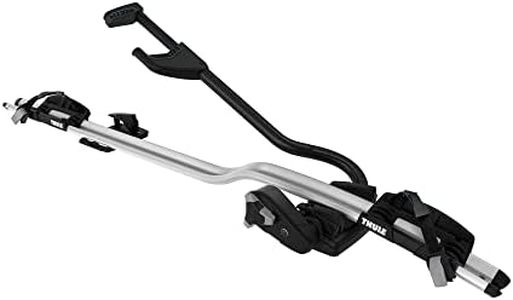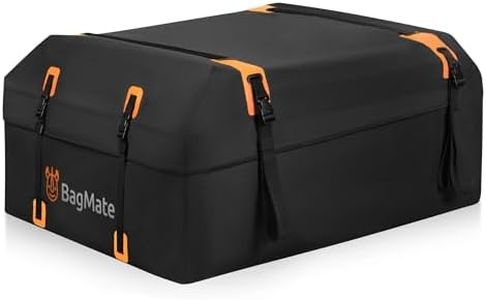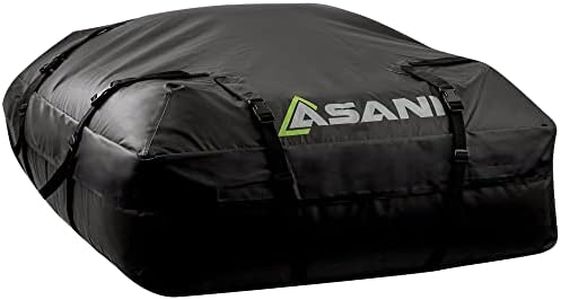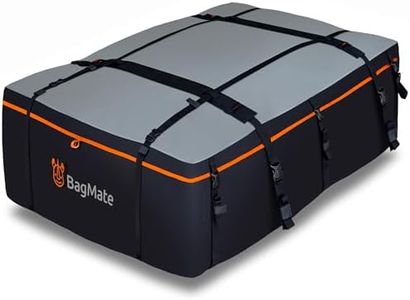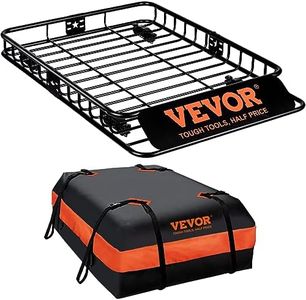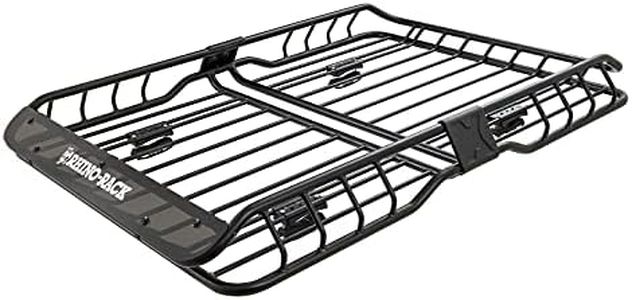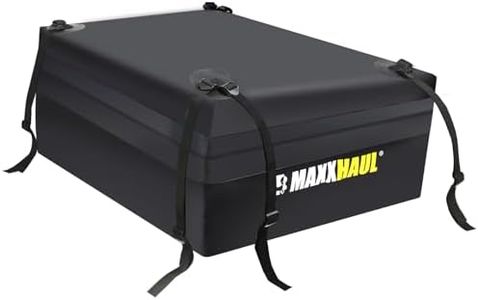We Use CookiesWe use cookies to enhance the security, performance,
functionality and for analytical and promotional activities. By continuing to browse this site you
are agreeing to our privacy policy
10 Best Car Roof Carrier
From leading brands and best sellers available on the web.Buying Guide for the Best Car Roof Carrier
Choosing a car roof carrier is all about matching the carrier to both your vehicle and your travel needs. Whether you’re heading out on a family road trip or gearing up for outdoor adventures, the right roof carrier can add much-needed storage space and make your journey smoother. Before choosing, you should consider what you’ll mostly haul, your vehicle’s roof type, and how often you plan to use the carrier. Make sure the carrier you pick is compatible with your car’s roof and easy enough for you or your family to use.Carrier TypeCar roof carriers come mainly as hard-shell boxes, soft-sided bags, and specialized racks (like for bikes or skis). Hard-shell boxes provide security and weather protection, but are heavier and take up more room when stored off the car. Soft bags are lighter, easier to store, and more affordable, but may not keep out water as effectively. Racks are best if you are carrying specific gear like bikes or kayaks. Consider what you will be transporting most often—a hard box for general extra luggage, a rack for sports equipment, or a soft bag for occasional, flexible use.
Size and CapacitySize determines how much you can carry, usually measured in liters or cubic feet. Smaller carriers (up to 10 cubic feet) suit solo travelers or couples for light getaways, while mid-sized ones (10-16 cubic feet) fit small families for longer trips. Large carriers (over 16 cubic feet) serve big families or long expeditions but may require a larger vehicle. Also, check the weight limit of your car roof and carrier—a filled carrier should never exceed this. Match the size to your average load, not your rarest, heaviest trip.
Compatibility and Mounting SystemRoof carriers attach to your vehicle using different mounting systems, usually requiring crossbars or factory roof rails. Some systems are universal, while others only fit certain shapes or brands. It’s important to check what type of roof you have (bare, rails, crossbars) and make sure the carrier’s mounting system fits. If your carrier is difficult to secure properly, it could become unsafe or noisy. Pick a mounting style you can handle yourself, and ensure it matches your car’s existing hardware.
Ease of Use and AccessEase of use includes how simply you can install or remove the carrier, as well as how accessible it is for loading and unloading. Some boxes open from both sides, while others only from one, and soft bags usually have zippers all around. If you’ll be loading heavy or awkward items, or if you’re shorter, side-access might be easier. Choose a carrier you feel confident lifting, reaching, opening, and closing, especially if you travel often or alone.
Weather Resistance and SecurityWeather resistance determines how well your belongings stay dry and clean. Hard-shell carriers are generally waterproof, while soft bags may need an extra cover or only be water-resistant. If you need to leave the carrier loaded or park in uncertain places, security like integrated locks is important. Consider what you’re transporting—even camping gear can be damaged by rain, and luggage should stay secure. Pick stronger security and weather protection if you travel in all seasons or leave gear unattended.
Aerodynamics and NoiseThe design of a carrier affects your fuel efficiency and how much wind noise you hear when driving. More streamlined, aerodynamic carriers create less drag and noise at highway speeds, while boxier or cheaper designs can whistle or affect handling. For frequent, long-distance highway travel, prioritizing aerodynamics makes long trips more pleasant. If you only use it occasionally or at lower speeds, this might matter less.


